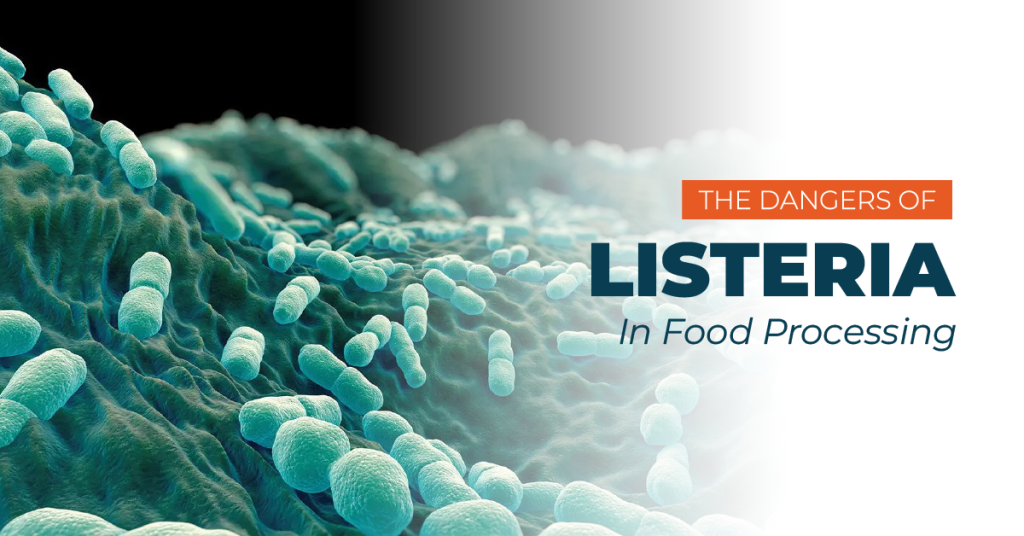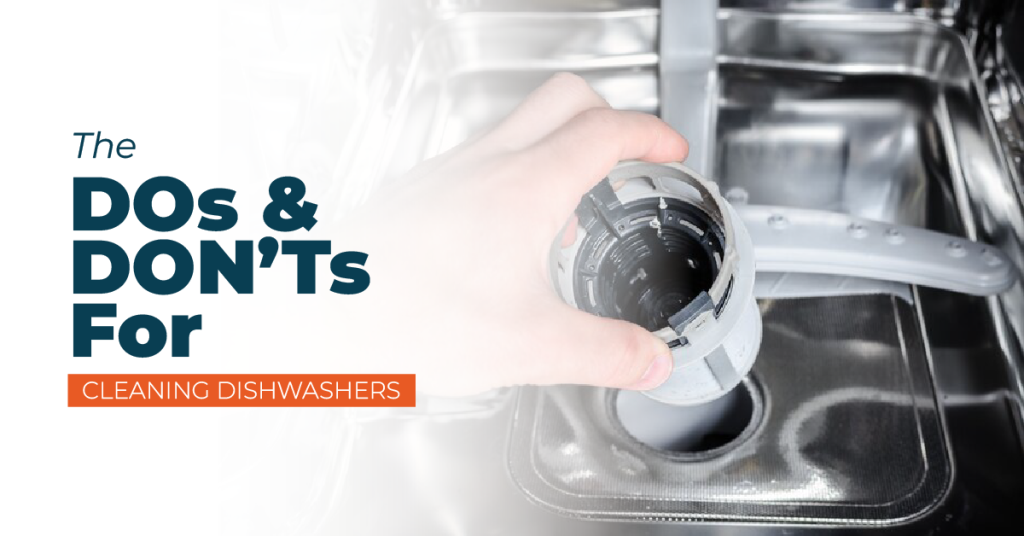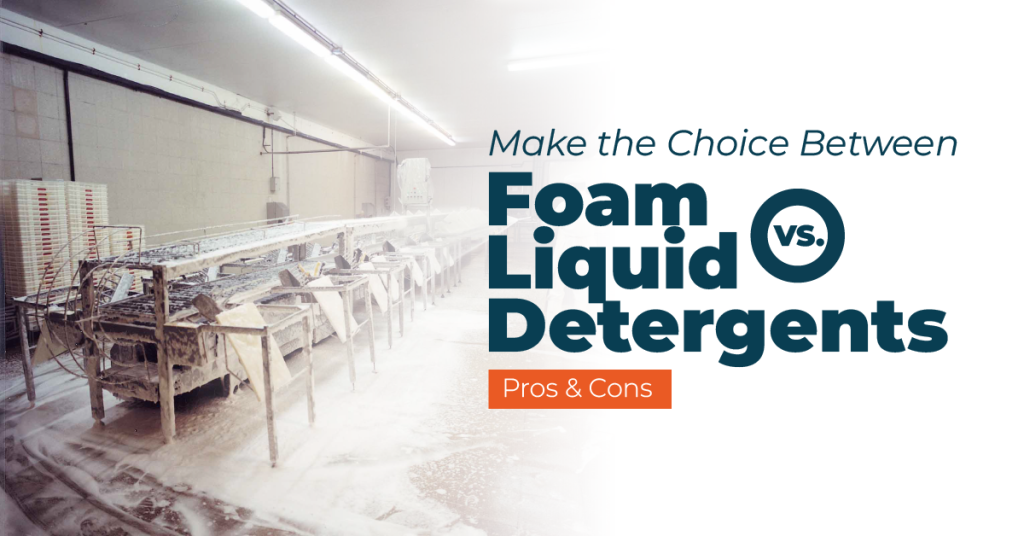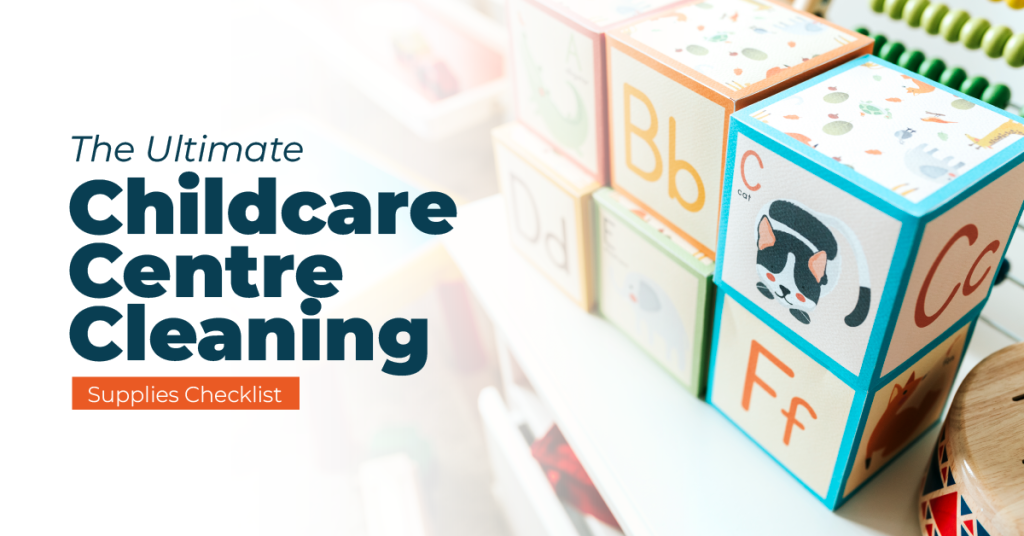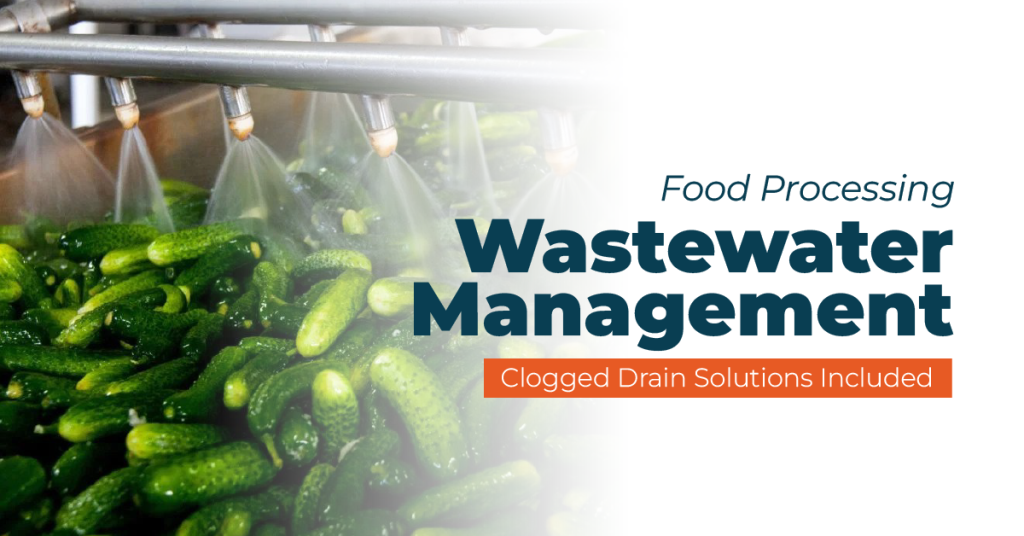
Food Processing Wastewater Management
Wastewater management is a critical aspect of the food processing industry due to the large quantities of wastewater generated during the production of various food products, including fruits and vegetables, fish, meat, poultry, dairy products, and fats and oils. However, managing this wastewater is a challenging task, as it can contain high levels of nutrients, organic carbon, nitrogenous organics, inorganics, suspended and dissolved solids, and high biochemical and chemical oxygen demands. Furthermore, excessive discharge of untreated wastewater can cause harm


